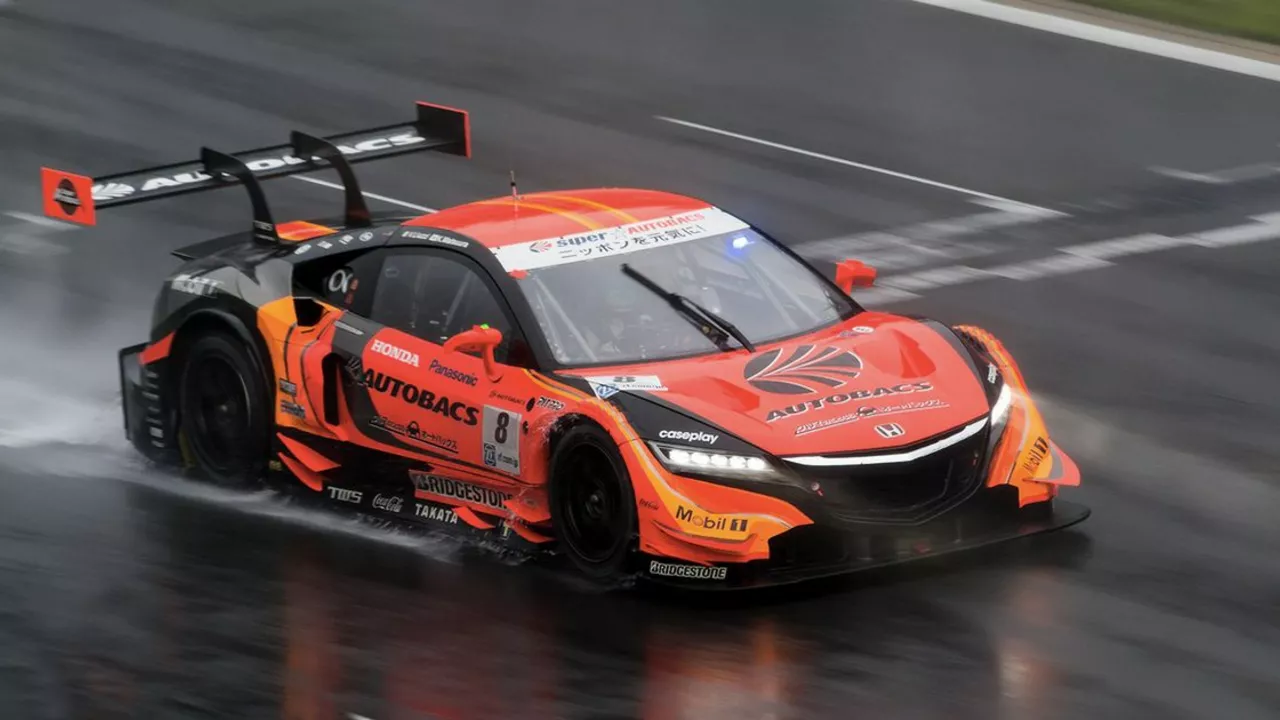Why do racing cars have a low centre of gravity?

Gravitating Towards Speed: Delving into the Low Centre of Gravity
As someone with an unending curiosity for the thrilling world of racing, there's this one burning question that's always piqued my interest, "Why do racing cars have a low centre of gravity?" Or to be more specific, what forces of physics are at play that make it so quintessential for racing vehicles to be designed this way?
This query leads us to unravel fascinating insights about the intriguing engineering behind these speed machines. Pull up your seat belts. It's going to be an entertaining ride!
The Force is Strong: The Basics of Gravity in Racing
Okay, so before we directly dive into the deep-end, let's get our feet wet with some rudimentary concepts. We all know what gravity is, right? It's basically the same force that discourages Atlas, my Alaskan Malamute who packs more kilos than I'd like to admit, from doing that acrobatic leap that Perseus, my agile Maine Coon, pulls off with ease every single time.
Some of us had our first brush with gravity playing a significant role in motion, with memories of toppling while skateboarding or cycling. Essentially, the lower your centre of mass (often interchangeable with centre of gravity), the less likely you are to tip over.
Bringing it back to racing cars, the same law of physics applies. A lower centre of gravity allows the racing car to navigate through twists and turns at high speeds without losing its cool!
Keeping it Low: The Science Behind the Design
No, racing cars aren't designed low to merely look cool; that's just a nifty bonus! The design is crucially functional. The lower the car’s centre of gravity, the less it tends to roll and pitch under strong manoeuvres. The lower it is, the stronger the lateral force must be to 'trip' the car over its wheels. This fundamentally changes the game when it comes to motoring.
At high speeds, the pressure mounting on the tires rises disproportionately, increasing the likelihood of the car skidding, flipping or spinning out of control. Just thinking of it sends chills down my spine. Plus, the sheer horror of the repair bills!
Circling back to Atlas and Perseus; just like Perseus has an easier time performing acrobatic stunts, thanks to his low centre of mass, a car with a lower centre of gravity essentially 'hugs' the road better, making it easier for the driver to perform those hairpin turns at eye-watering speeds.
The Chassis Matrix: Distinguishing Race Cars from Road Cars
Now that we're clear on the 'why', let's delve into the 'how'. What modifications are made to achieve this low centre of gravity in racing vehicles? Well, one of the main components where changes are evident is the car chassis. Racing car chassis are specifically designed and constructed for lowering the centre of gravity.
Unlike your everyday road car, which boasts a higher under-carriage clearance for ease of access and passenger comfort, racing cars tend to have low ground clearances. They're willing to sacrifice this bit of convenience for superior handling and stability at high speeds.
However, don’t get any funny ideas about retrofitting your sedan with a racing car chassis unless you're prepared to feel every single bump, pothole, and pebble on your morning commute to work. I mean, who needs coffee when you have a bone-rattling experience to start your day?!
Riding the Wave: Adaptations over the Centuries
Today's race cars, adorned with their sleek, aerodynamic designs and advanced tech, are the result of centuries of refinement and adaptation, in terms of gravity dynamics.
Take Formula 1 cars, for example. Their entire design, from the monocoque to the positioning of the power unit, is expertly engineered to draw the centre of gravity as close to the ground as feasible. These adaptations, though seemingly small and incremental, culminate into a significant edge over the competition.
So, next time you're gawking in awe at the sheer magnificence of your favourite racing car on the telly, remember, it's not just about the glossy paint and those shiny rims. There's serious science and diligent engineering behind every swoosh and curve, every acceleration and brake application, all playing a part in managing gravity to squeeze out every bit of performance!
Remember back when I wrestled my dirt bike down a track for the first time? The bike and I became inseparable - not in a romantic, movie montage kind of way, rather both of us literally biting the dust at every turn. I suppose that's a less glamorous (but equally educative) real-life demonstration of the importance of understanding the interplay of speed, weight, and gravity, eh?
Conclusion: A Gravity-Defying Journey
Settling down after this breathtaking ride through the realm of racing dynamics, I realise how much fun it is to understand the science behind the things we love. Racing cars with a low centre of gravity isn't just about speed and balance. It's the perfect symphony of physics, engineering and design that allows us to flirt with the limits of physics, giving adrenaline junkies like me the thrill of a lifetime.
Who'd have thought it all comes down to something as fundamental as gravity, cursedly discovered by a falling apple if the legends are to be believed? I can't wait to share these nuggets of wisdom with Perseus and Atlas over a snack, though I highly doubt they'd be as excited about this as I am. I suppose we can't all be racing aficionados!